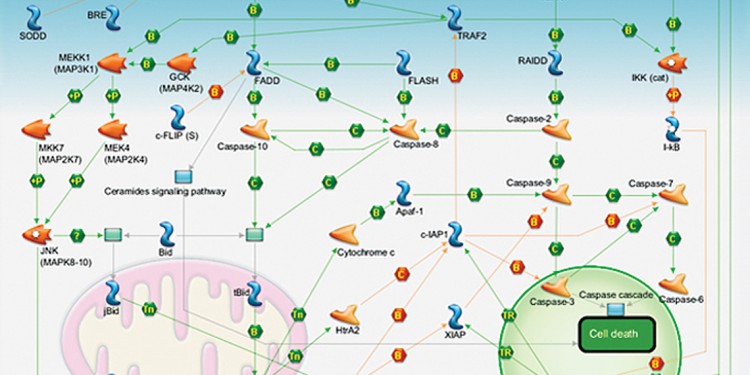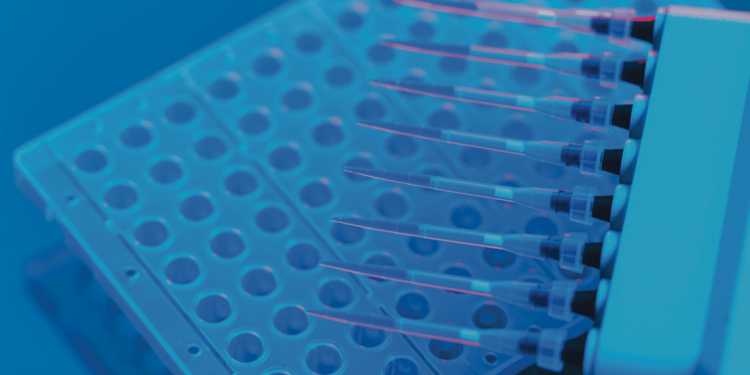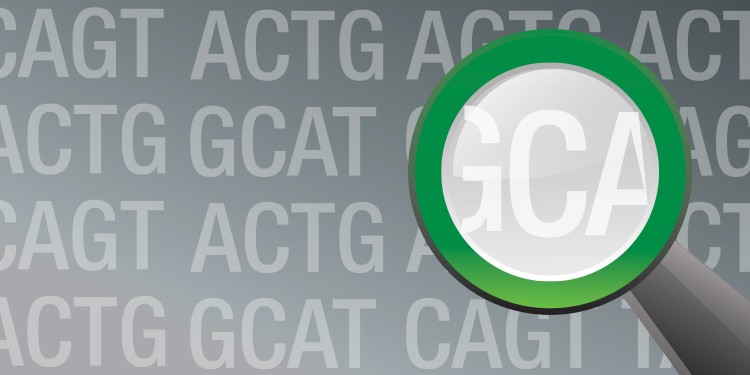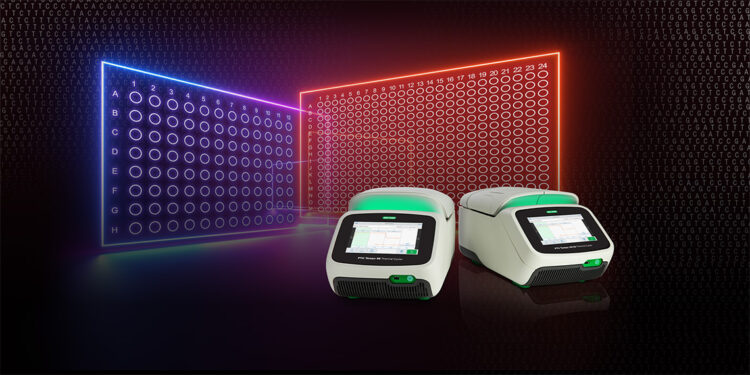
New PrimePCR™ Probe Assays for Real-time PCR and Droplet Digital™ PCR Technologies

PrimePCR™ PCR Primers & Assays

PrimePCR™ Pathway Analysis: Pathway Curation and Real-Time PCR Panel Design Strategy

PrimePCR™ Assays: Meeting the MIQE Guidelines by Full Wet-Lab Validation

Experimentally Validated PrimePCR™ Assays and Panels for Real-Time PCR

PrimePCR™ Lookup Tool

Navigating Change: Public Health Labs Are Adapting to New Regulations for Laboratory-Developed Tests

Do More with Less: Five Steps to Great Results Using One-Step Multiplex RT-qPCR

End the Cycle of Repeated, Failed Experiments with a Robust Field Guide to qPCR


